The Chilling Realities: Why the North Sea Is Scary
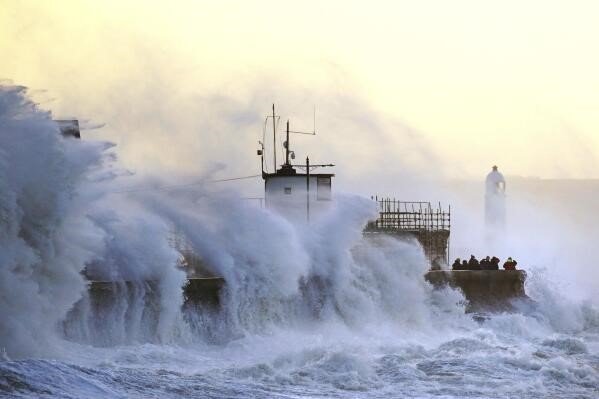
Embark on a voyage into the freezing depths of the North Sea, a place where mysteries as deep and black as its waters lie.Even while the North Sea is incredibly gorgeous, it is also home to a number of terrifying realities that make it an uncomfortable and even downright terrifying body of water. Let’s delve into the scariest things about North Sea and reasons why the North Sea commands a sense of fear and awe.
The North Sea is a marginal sea of the Atlantic Ocean located in Northwestern Europe. It is bordered by the coastlines of the United Kingdom, Norway, Denmark, Germany, the Netherlands, Belgium, and France. This semi-enclosed sea covers an area of approximately 750,000 square kilometers (290,000 square miles) and has an average depth of about 95 meters (312 feet).
Key features of the North Sea include its significant role in maritime trade, fisheries, and energy production. It is one of the world’s busiest and most strategically important bodies of water, connecting the Baltic Sea to the Atlantic Ocean through various straits and channels.
The North Sea has played a vital historical and economic role, serving as a major route for shipping and trade, as well as a prolific fishing ground. Additionally, extensive oil and natural gas reserves lie beneath its seabed, making the North Sea a crucial area for offshore oil and gas exploration and production.
Check out the Scariest Things about North Sea
1.North Sea Storms:
The North Sea is notorious for its fierce storms, with winds reaching hurricane force. These storms can create massive waves, posing significant challenges to shipping and offshore structures is the scariest things about north sea. According to Dr. Caires, waves in the North Sea can reach heights of up to 65 feet. It can, very seldom, create rogue (or freak) waves—that is, waves that are substantially taller than the surrounding waves
2.Deadly Cold Waters:
One more scariest things about north sea is its cold temperatures, even in summer. Falling into these icy waters can lead to rapid hypothermia, making survival extremely challenging.
3.North Sea Oil Rigs:
The North Sea hosts numerous oil and gas rigs. These structures, despite their vital role in energy production, are subjected to harsh conditions and occasional accidents, presenting risks to both workers and the environment. The treacherous working conditions is the scariest things about north sea and is considered to be one of the most highly paying jobs in the world.
4.Underwater Hazards:
The North Sea is home to a complex seabed with numerous underwater features, including trenches, ridges, and shipwrecks. Navigating these waters requires careful attention to avoid potential hazards.
5.North Sea Wildlife:
While the North Sea boasts diverse marine life, it’s also home to creatures like seals and sharks. Encounters with these animals, especially in challenging conditions, can be unnerving.
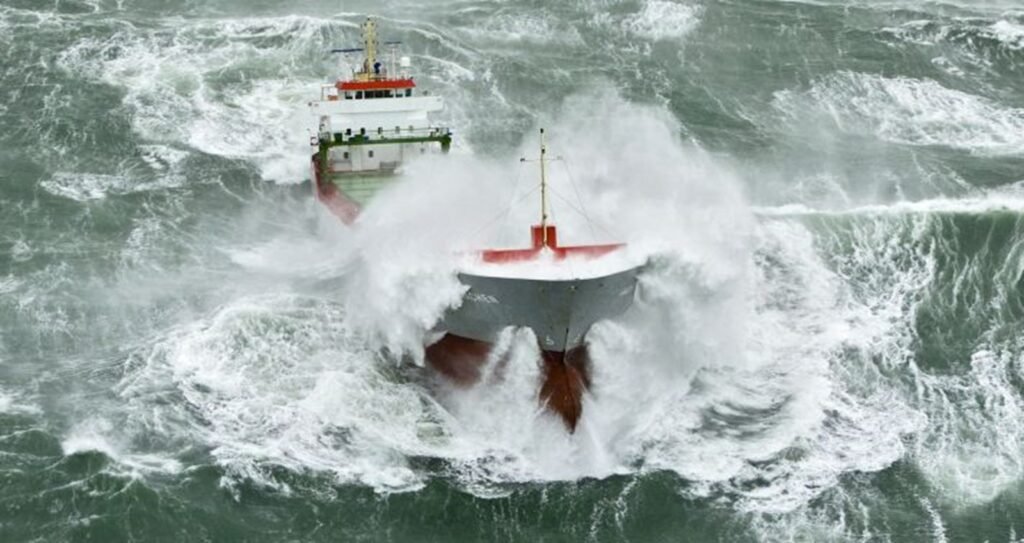
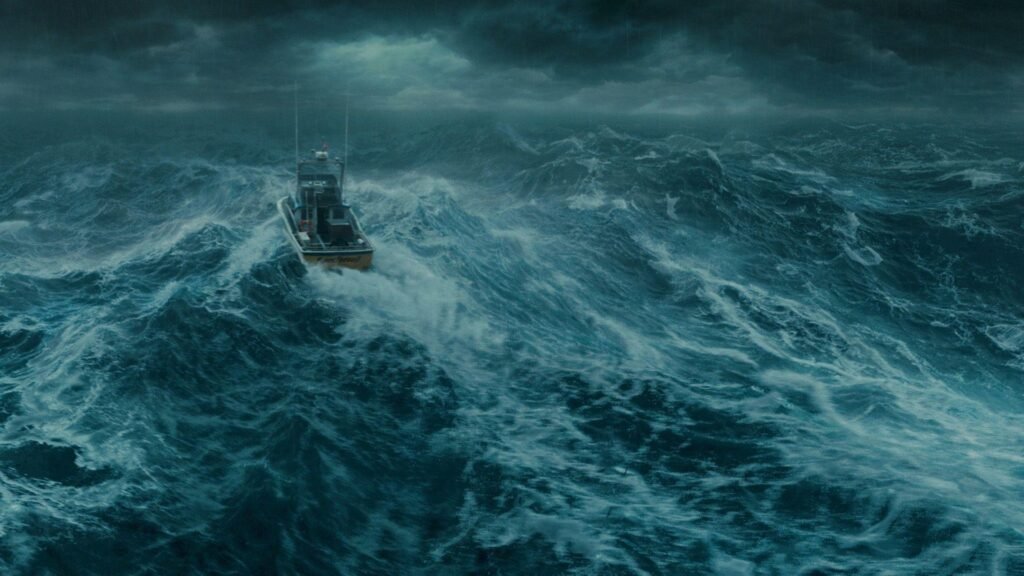
6.Submarine Canyons:
One more scariest things about North Sea is it features deep submarine canyons that can influence water circulation and create unpredictable currents, adding an element of danger to navigation
7.Oil Spills:
Despite stringent safety measures, the North Sea has witnessed oil spills due to accidents and natural disasters. These spills have severe consequences for marine ecosystems and can take years to recover.
8.Historical Maritime Disasters:
North Sea has been the site of numerous historical maritime disasters, including shipwrecks and naval battles. Some areas are known as “ship graveyards,” reminding us of the perilous nature of these waters.
9.North Sea Fog:
Dense fog is a common occurrence in the North Sea, reducing visibility for shipping. Navigating through thick fog adds an element of fear and uncertainty, requiring advanced navigation systems.
10.Rising Sea Levels:
Climate change contributes to rising sea levels, impacting the North Sea coastline. Coastal areas are vulnerable to flooding, and communities must adapt to the changing landscape
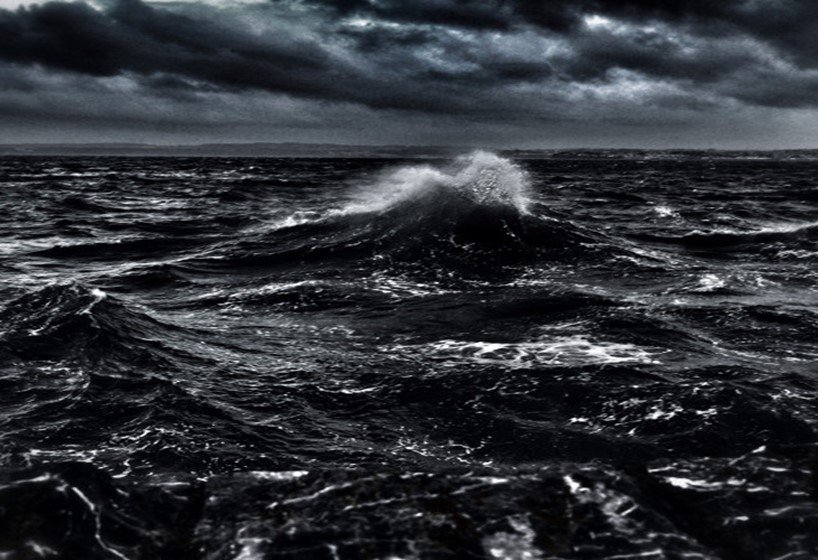
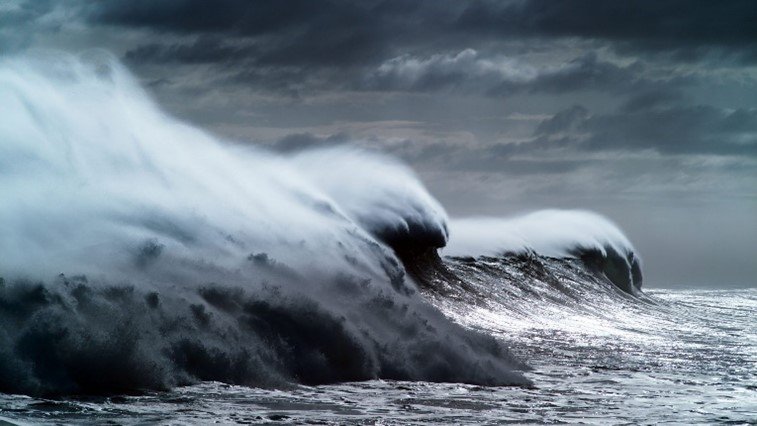
As we peel back the layers of the North Sea’s enigmatic facade, a chilling tapestry of fearsome elements and haunting mysteries unfolds the scariest things about North Sea .From the tempestuous storms that rage with primal fury to the icy depths that cloak the unwary in a cold embrace, the North Sea stands as a formidable force of nature, demanding both caution and reverence.
The venomous secrets hidden beneath the waves, embodied by the stonefish, add a silent peril to the maritime landscape. Ghostly ship graveyards whisper tales of bygone tragedies, reminding us that the sea’s depths hold the echoes of lives lost and vessels swallowed by its abyss.
Navigating the North Sea requires a dance with the unpredictable currents, where submarine canyons and undersea ridges create a complex labyrinth. In these murky depths, unknown creatures stir the imagination, leaving room for stories of unseen terrors lurking in the shadows.
Yet, amidst the fear-inducing aspects, the North Sea is not only a stage for maritime dramas but a mirror reflecting our impact on the environment. The vulnerability of its ecosystems to oil spills, overfishing, and the ravages of climate change brings a different kind of fear – the fear of irreparable harm to a delicate and vital part of our planet.
In conclusion, the North Sea is more than a body of water and there are more scariest things about North Sea; it is a realm that embodies the raw power of nature, the resilience of life, and the fragility of our ecosystems. As we grapple with North sea its fearsome elements and mysterious depths of the North Sea, let us approach its waters with caution, respect, and a commitment to safeguarding its delicate balance. The North Sea, with all its scariness, challenges us to navigate the abyss with humility, recognizing that within its depths lies a delicate and awe-inspiring ecosystem that warrants our protection.
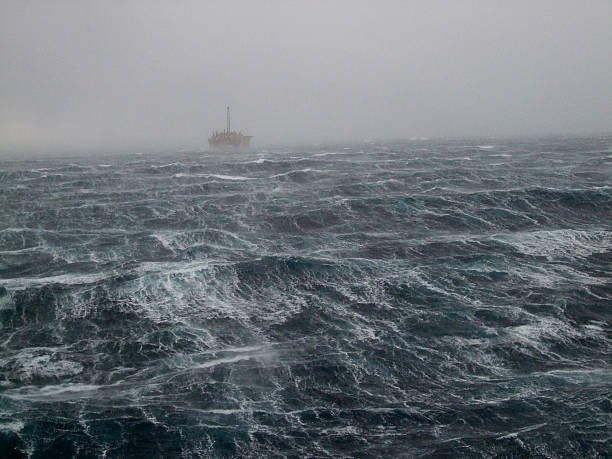
FAQs
1. What is the North Sea?
The North Sea is a marginal sea of the Atlantic Ocean, located in Northwestern Europe. It is surrounded by the coastlines of the United Kingdom, Norway, Denmark, Germany, the Netherlands, Belgium, and France.
2. What makes the North Sea significant?
The North Sea is of great importance for maritime trade, fisheries, and energy production. It serves as a vital connection between the Baltic Sea and the Atlantic Ocean, and it hosts numerous oil and gas rigs.
3. How deep is the North Sea?
The average depth of the North Sea is approximately 95 meters (312 feet), with variations in depth across different areas.
4. What is the climate like in the North Sea region?
The North Sea region experiences a temperate maritime climate. It is characterized by relatively mild temperatures, though it can be influenced by harsh weather conditions, including storms and strong winds.
5. Are these dangerous storms is the scariest things about North Sea?
Yes, the North Sea is known for its fierce storms. These storms can bring strong winds and large waves, posing challenges to shipping and offshore structures.
6.What is one of the highest paying jobs in the world?
Working in North Sea, beacause of its treacherous working conditions in water makes it the highest paying job in the world.
7. Are there shipwrecks in the North Sea?
Yes, the North Sea has a history of shipwrecks , these junks are the scariest things about northe sea. Its waters hold numerous sunken vessels, creating ghostly ship graveyards that tell tales of maritime tragedies from various eras.
8. How is the North Sea impacted by environmental issues?
The North Sea faces environmental challenges, including oil spills, overfishing, and the impacts of climate change. These factors can have significant consequences for the marine ecosystems within the North Sea.
9. Can you swim in the North Sea?
While swimming is possible in certain areas, the North Sea’s cold temperatures, even in summer, can pose a challenge. Swimmers should exercise caution, and immersion in the water for extended periods may lead to rapid hypothermia
10. Is the North Sea a diverse ecosystem?
Yes, the North Sea supports a diverse marine ecosystem, including various fish, seabirds, and marine mammals. However, human activities have raised concerns about the health and sustainability of this ecosystem.
Check out my other blogs Click here
